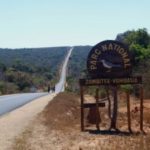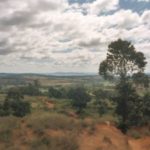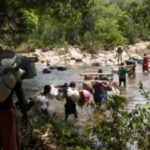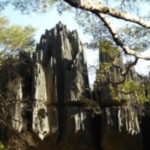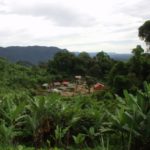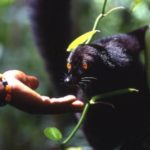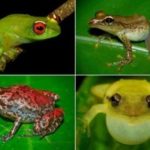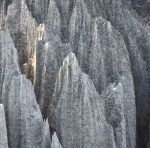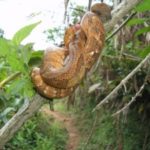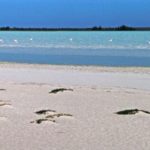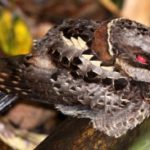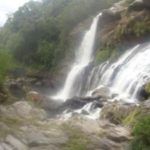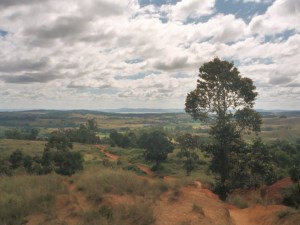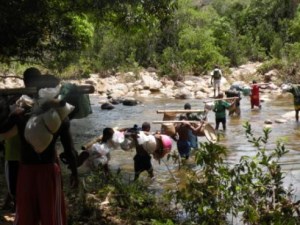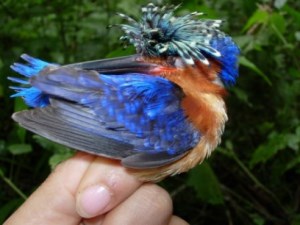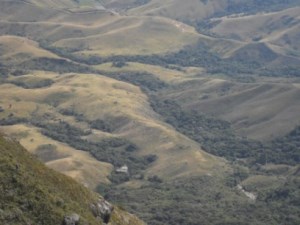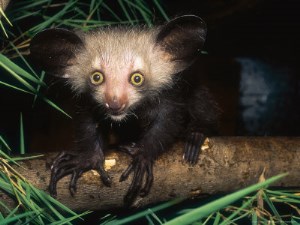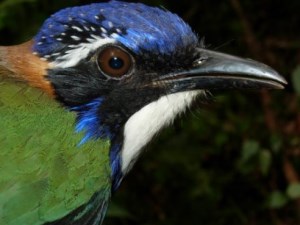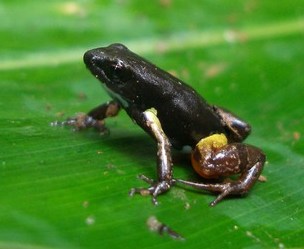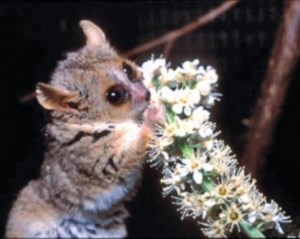Maningoza
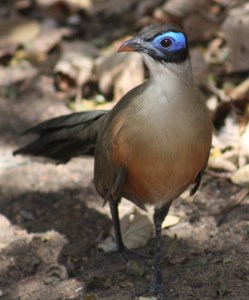
In the northwest of Madagascar, more precisely in the Antsingy region, is the Maningoza Special Reserve, whose foundation dates back to 1956. The somewhat smaller area of only about 80 square kilometers is home to some of the last stands of tropical dry forests on Madagascar. In addition, dense subtropical forests, wide and open savannahs and bamboo for a completion of this varied array of ecosystemswhich can be found in the Maningoza Reserve. In the Maningoza Reserve there is a very mild climate with an average temperature of around 25°C. Dry and rainy seasons are distinctly different in this area, with the Maningoza Reserve being exclusively dry during the Dry season between May and November is accessible. During this time, although most of the numerous water sources have dried up, the varied and tricky flora and fauna of this area, knows how to manage even in these periods of drought. If you want to pay a visit to the Maningoza Reserve, you should go on a bumpy arrival which will take you over a rather bad mogul road to a village called Besalampy. There you can stay overnight in one of the simple hotels if you wish, as well as dine in the local restaurants. There are no overnight accommodations in the reserve itself, but the Camping is allowed. In the event that you want to make a simple camp in the reserve, you should use the bring necessary equipment yourself or contact us directly for the organization.
The Maningoza Conservation Reserve is open to all Friends of fascinating flora and fauna a veritable Eldorado: there exist in this area more than 70 different bird speciesof which three quarters are endemic. These are joined by 15 mammal species like lemurs, mongooses, tenrecs and also the extremely shy and meanwhile rare fossas. In addition, in the Maningoza Reserve exist of course also numerous reptiles as well as some amphibians. River turtles, chameleons and also crocodiles can be seen in the Maningoza Conservation Area. Like most of the other special reserves, the Maningoza must be Protected area to fight against various harmful influences and dangers. This includes, first of all, man, who has established numerous settlements near the reserve. Among the most important population groups living in this area include the Sakalava, the Antandroy, the Betsimisaraka and the Tanala, who live primarily from agriculture as well as cattle breeding. In this context, a very great dependence of people on the resources of the forestwhich in turn has numerous negative factors for the forest as an ecosystem. Classic slash-and-burn clearing to obtain new field and pasture land is just one of the many examples of the problems that arise from this.

